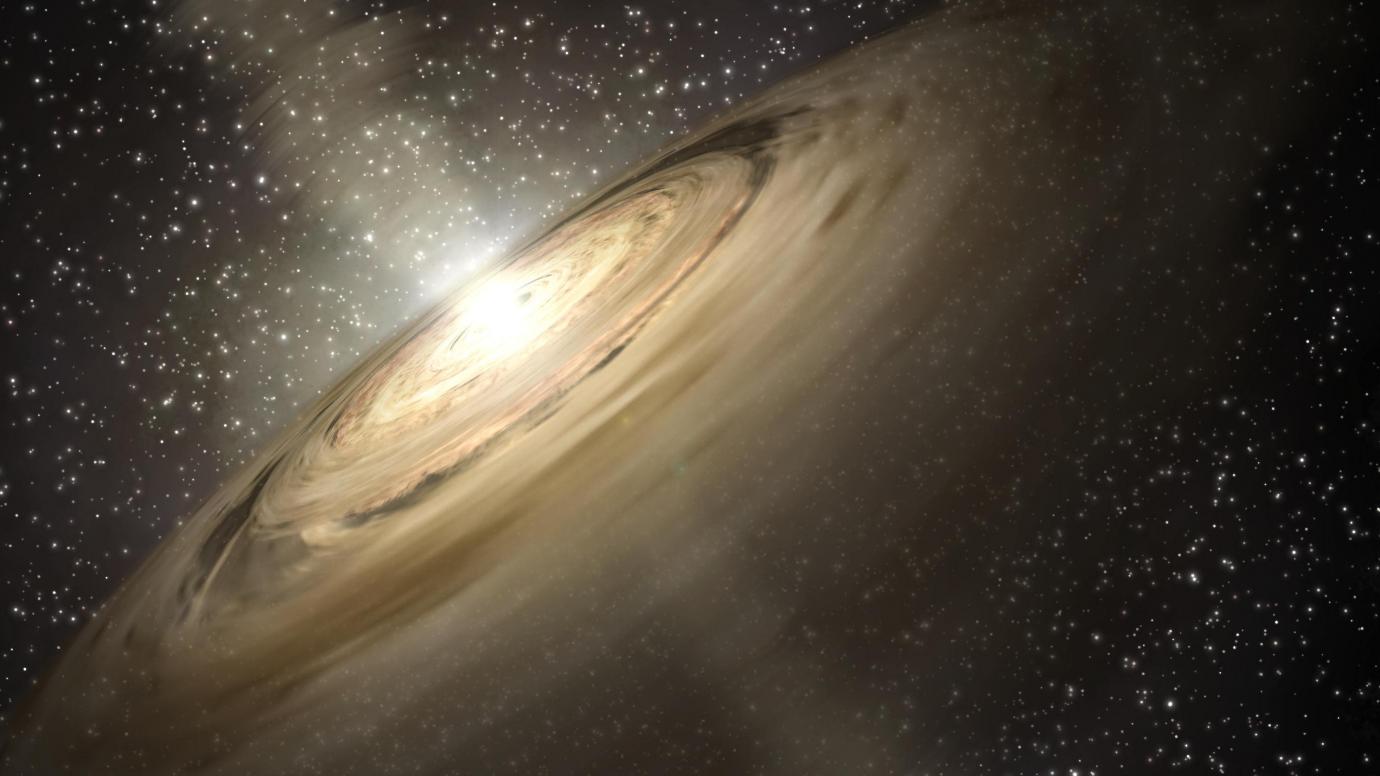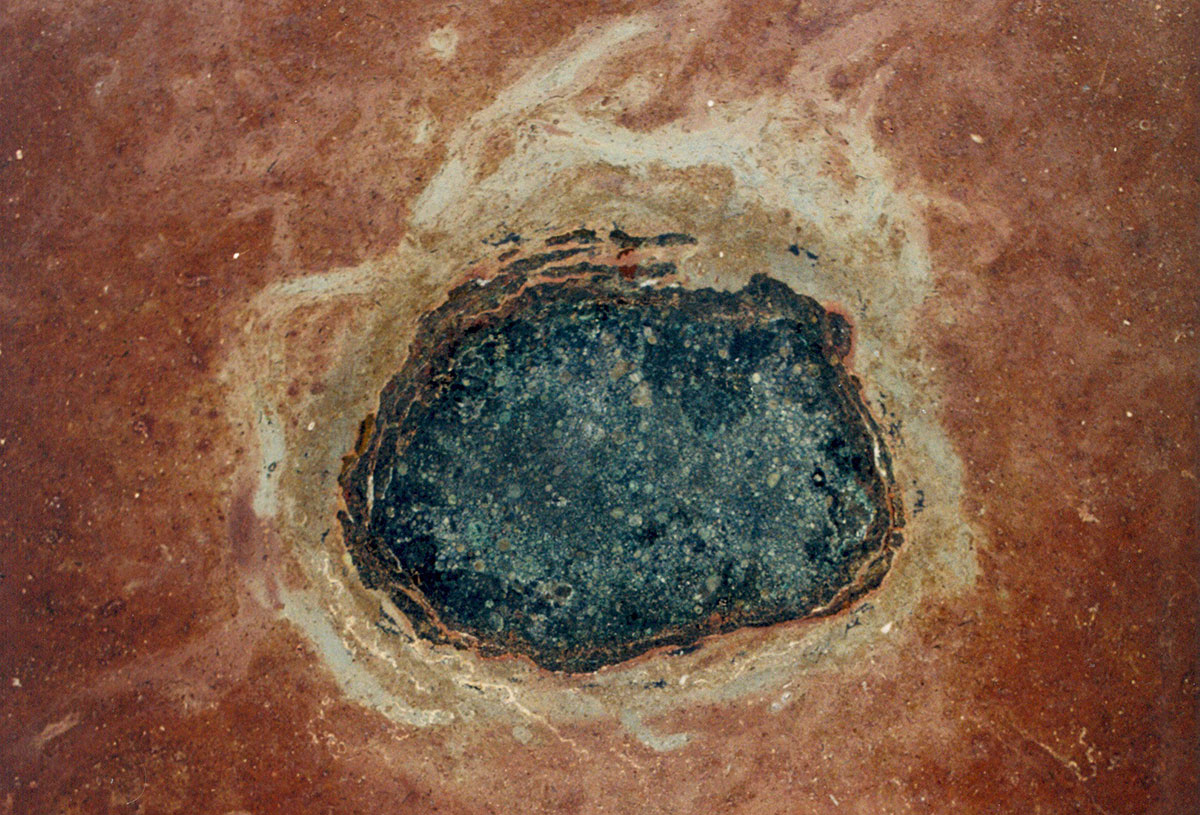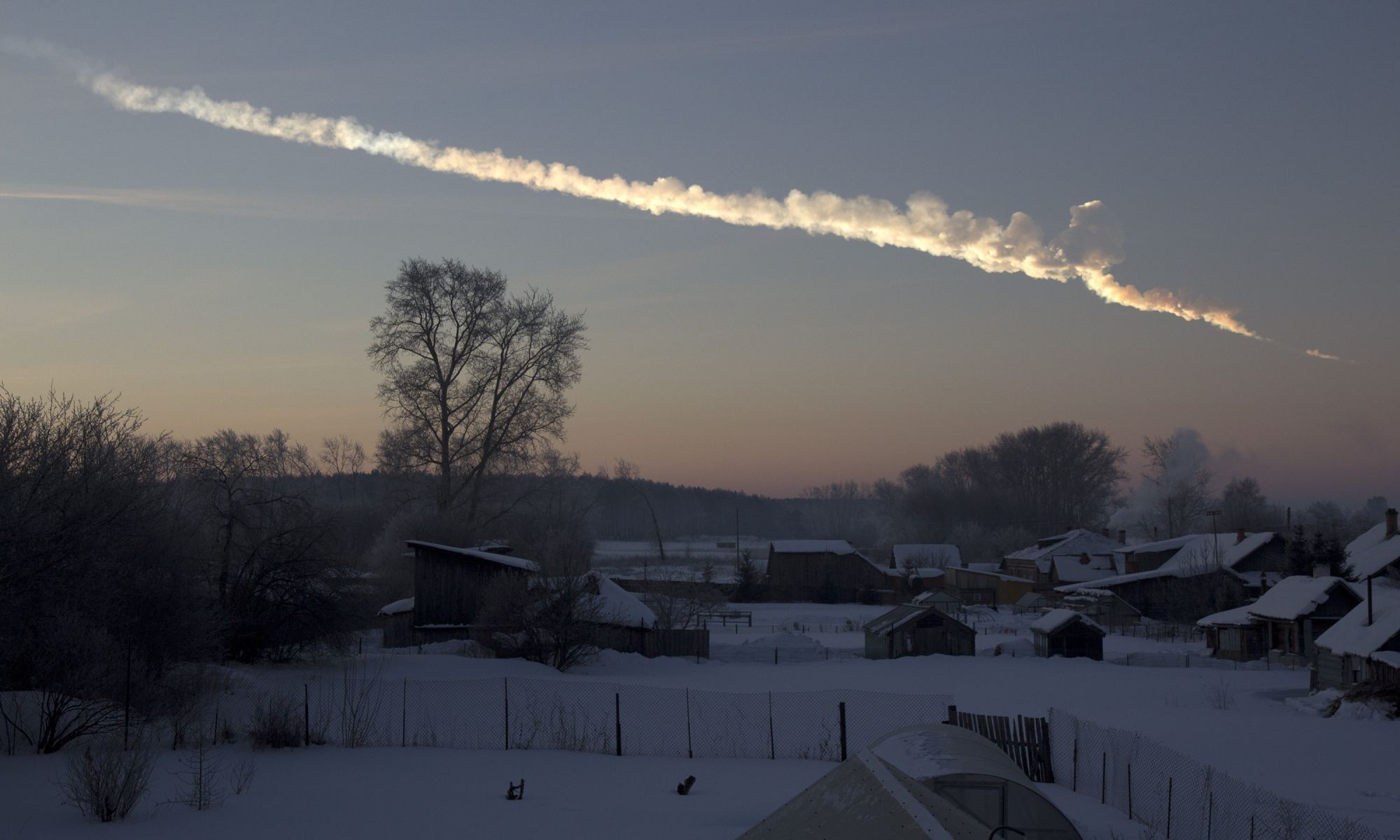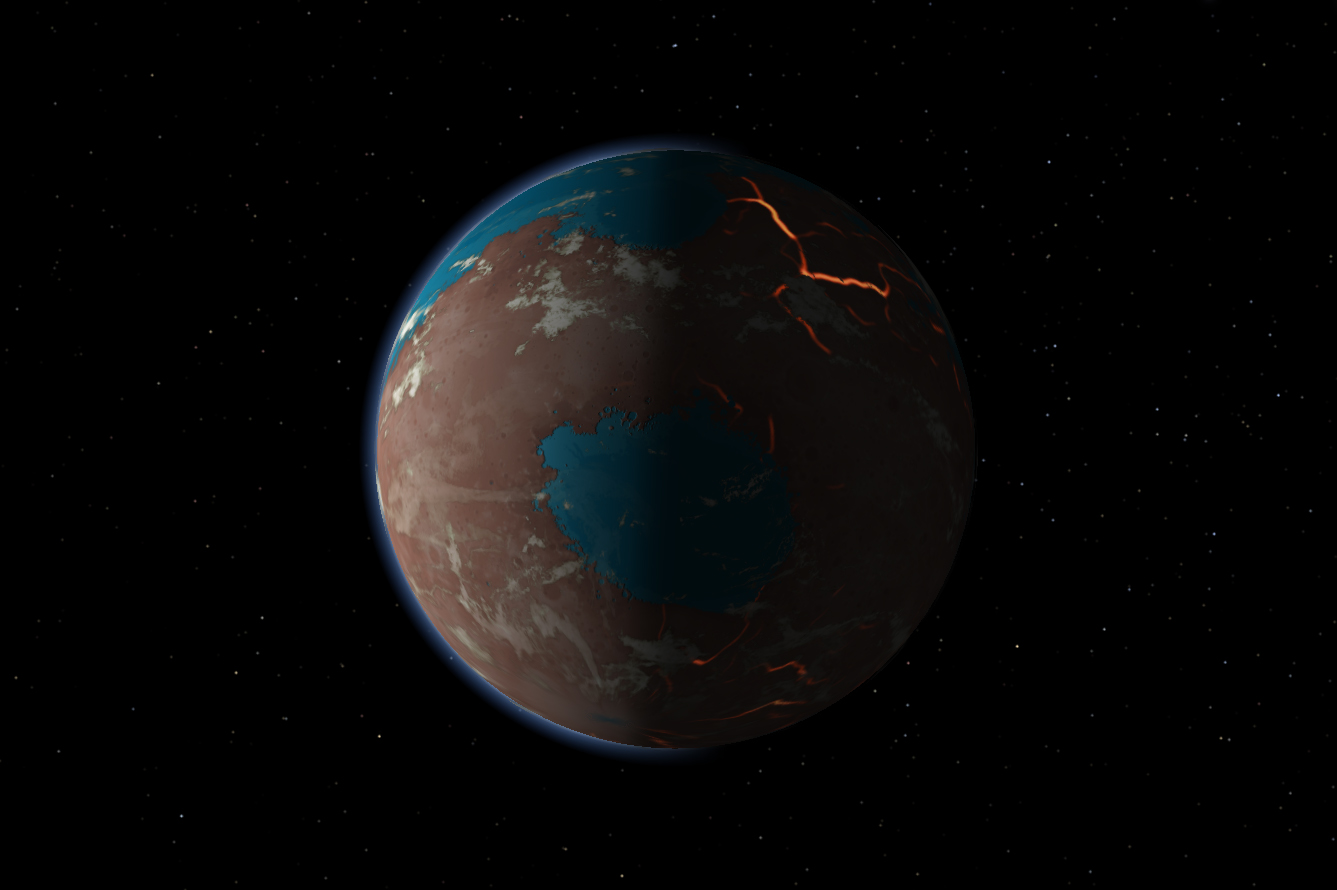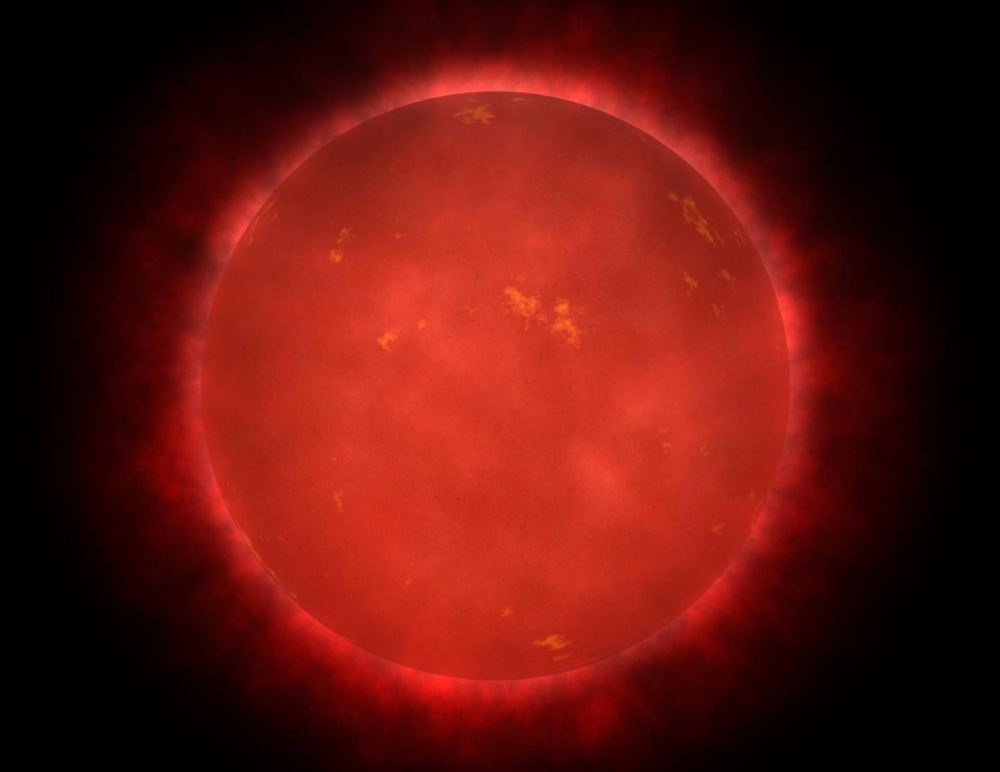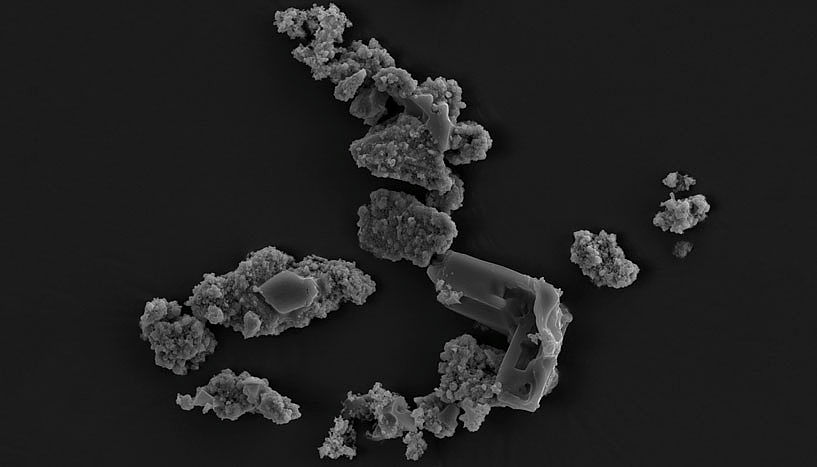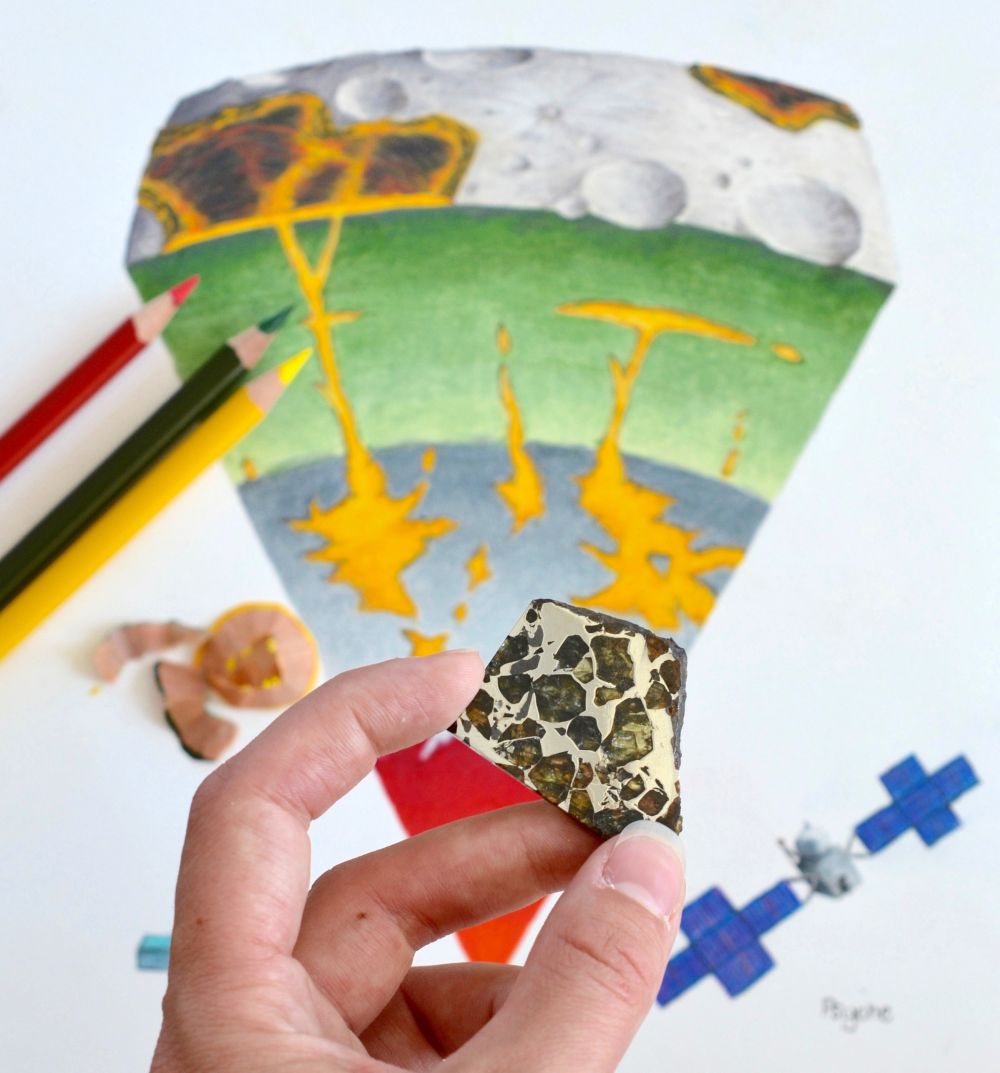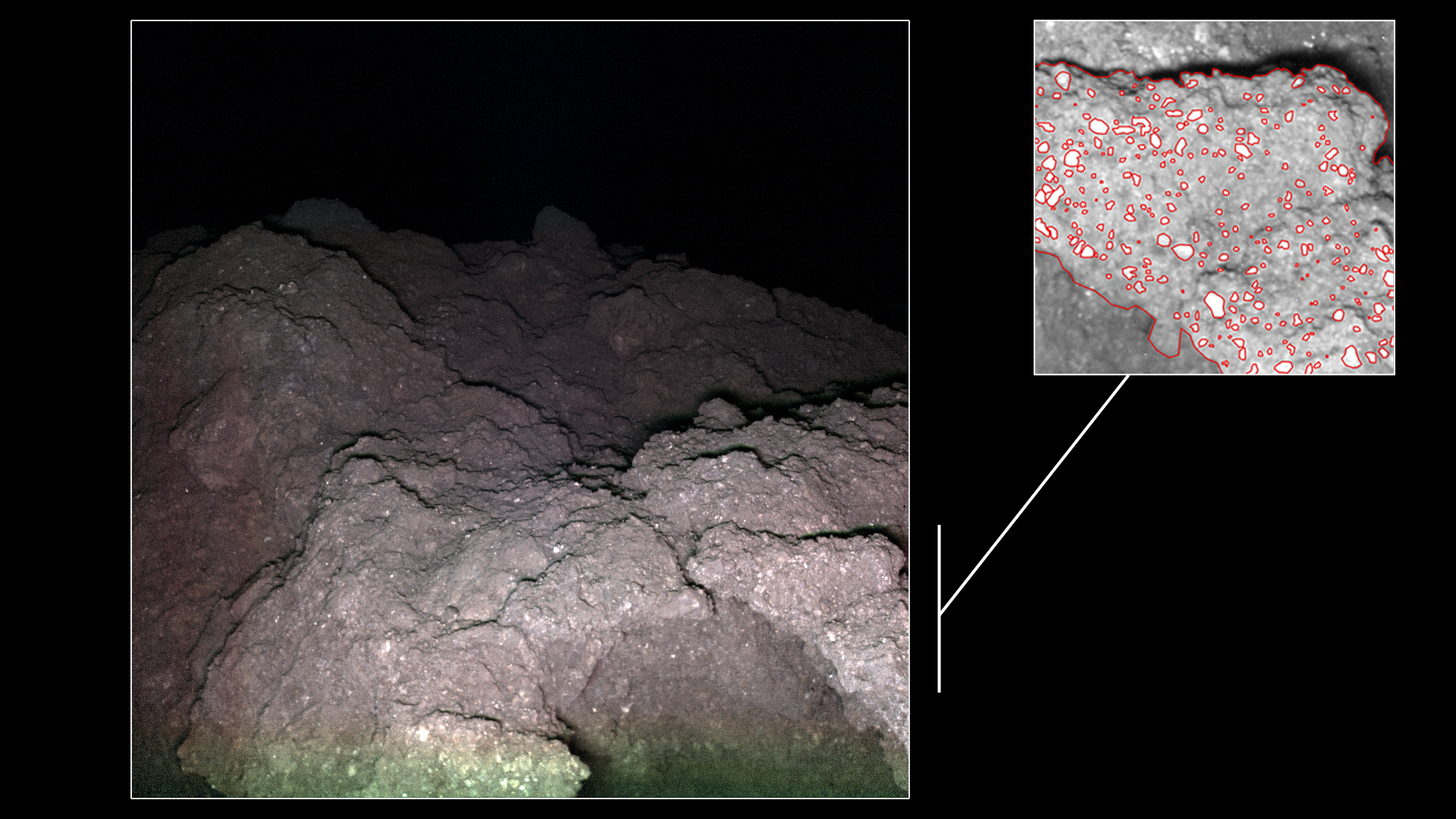Meteorites are excellent windows into early solar system formation. Many were formed in the those early days, and unlike rocks on the Earth, most are not affected by billions of years of tectonic activity that wipes away any of their original structure. Recently a team led by Nicolas Dauphas and Justin Hu at the University of Chicago (UC) found that the formation process for many of these meteorites was much more violent than previously thought.
Continue reading “The Surprising Discovery of Ceramic Chips Inside Meteorites Means There Were Wild Temperature Variations In the Early Solar System”The Surprising Discovery of Ceramic Chips Inside Meteorites Means There Were Wild Temperature Variations In the Early Solar System
